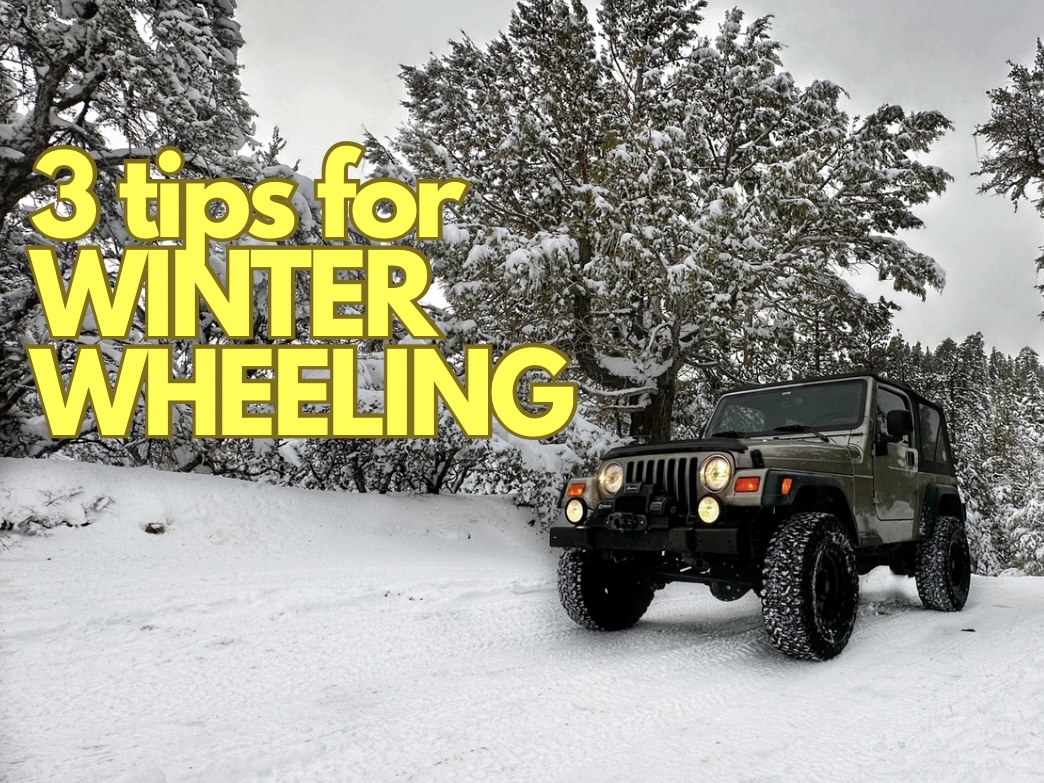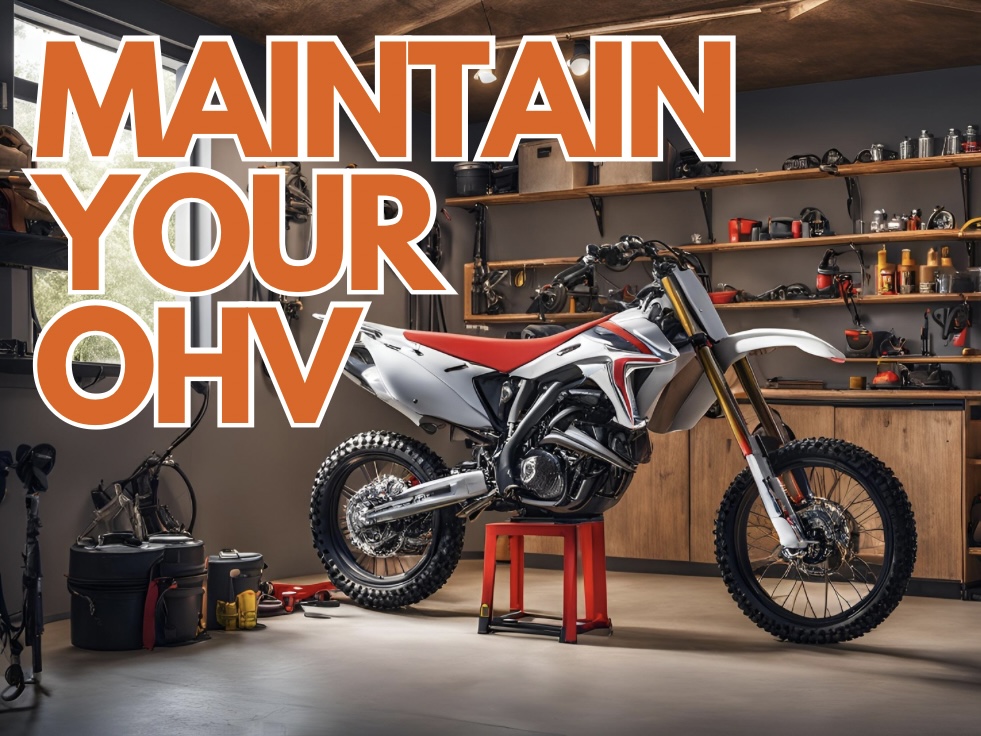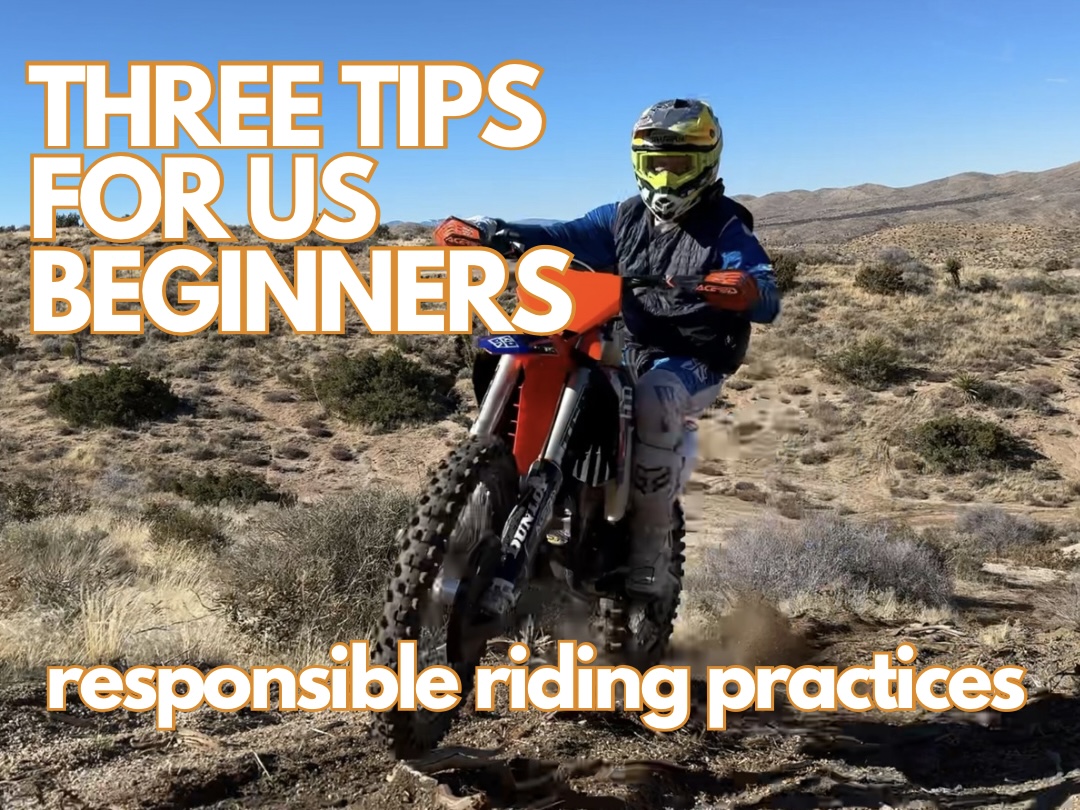Your cart is currently empty!
3 Most Common Types of OHV Injuries
OHV (Off Highway Vehicles) can be dangerous at times. With some caution and safety preparation however the risk of catastrophic injuries can diminish exponentially. Let’s take a look at the three most common types of trail injuries and how we can best prepare a first aid kit to treat those injuries starting with the easiest.
- Cuts and Bruises. Bruises and cuts are all but guaranteed to happen. Usually these types of injuries are not that serious and can be treated with disinfectant spray and bandages. If a cut happens make sure you apply direct pressure with a clean cloth or piece a gauze until bleeding stops. If a cut is severe, try and stop or slow the bleeding and immediately seek medical help.
- Sprains, Dislocations and Broken Bones. Occasionally something happens that actually sprains or breaks something. That occurrence is never good, but in the case of a sprain always remember the R.I.C.E. approach to treatment. Rest, ice, compression and elevation. Remember, trying to ignore the sprain can lead to permanent injury, Dislocations and broken bones are a bit trickier. If you think you dislocated or broke a joint or bone isolate the area. Immobilize and keep the pressure off the are while immediately seeking medical attention. Ice is also a great idea for inflammation and pain.
- Concussions. Head injuries and concussions are usually the scariest of injuries. You may not even be able to see a concussion, but that injury can be life changing. You can identify a concussion by the symptoms. Vomitting, difficulty in thinking clearly, seizures, slurred speech, and unconsciousness can all help to identify a concussion and should be taken very seriously. Stay hydrated, slow down, move cautiously and carefully. Plenty of mental and physical rest is important, and of course seek medical help immediately.

A proper first aid is a must when spending time outdoors. Now that we have identified the most common types of injuries that happen we can make sure our first aid kits have everything they need to address the probable. Pack things like bandaids and bandages, disinfectant spray, gauze, burn creams, Ibuprofen, ice packs, splints, medical tape, proper car equipment, and if you are comfortable with how to use a tourniquet they can be very helpful for some injuries.
The biggest help is to prevent injury of course. Drive or ride responsibly. Wear all your protective gear, and stick to the proper tails and rules out there. Operation an OHV is adventurous and fun and going in aware and prepared can assure the best experience for you, your family and your friends.
3 Tips for Wheeling this Winter

Winter on the trails can be both amazing and challenging. The snow cover ground, the beauty of nature at rest and the sense of freedom away from the craziness of our lives back home can leave us wanting to push the limits. It is important however to be prepared at all cost during the winter…
5 Ways to Maintain your OHV

Maintaining your rig is important. It increases the performance and the life of your OHV. Of course the better kept your OHV remains, the less likely you find yourself broken down on the side of the trail wishing you would have taken better care of your things. Here are 5 things you can do to…
3 Tips for New Riders

Ok, the crew is all here, you are all geared up with proper riding gear, you’re hydrated, excited and ear to ride! BUT, it being your first time and all, maybe we should cover a few things with Adam (he’s a pro) Here are three things all beginner riders need to do to hit the…
